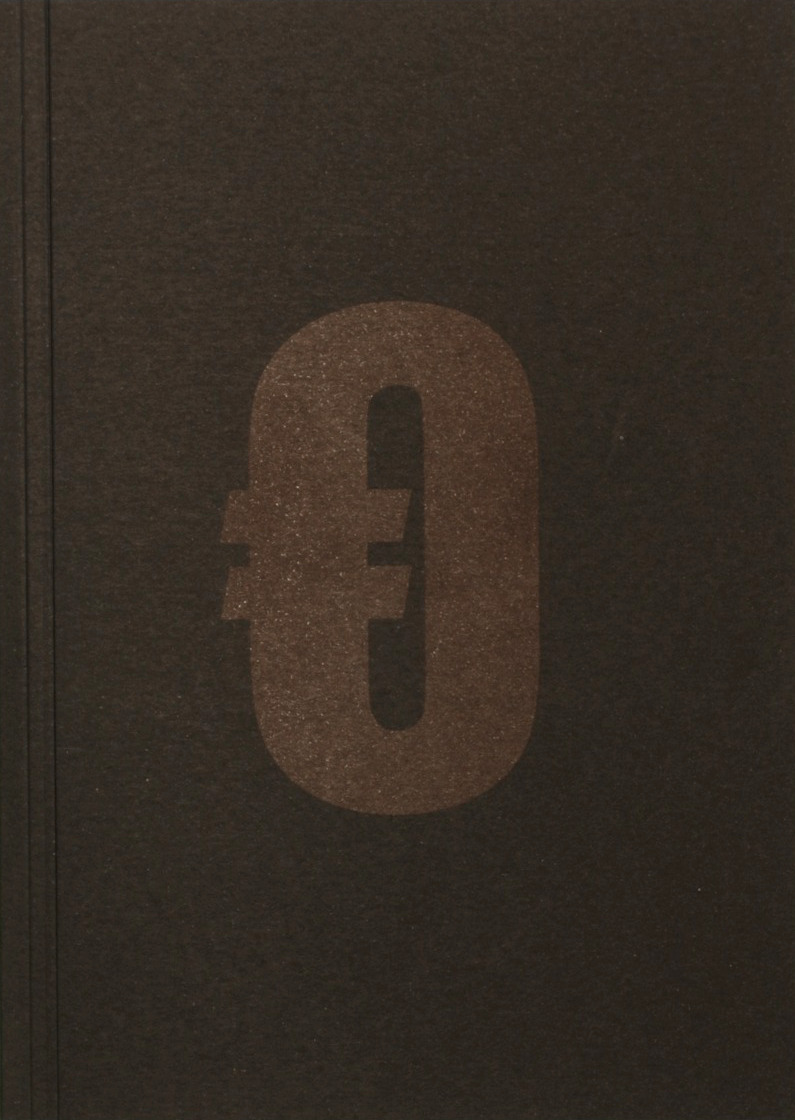Detlev S. Schlichter: Paper Money Collapse: The Folly of Elastic Money and the Coming Monetary Breakdown (2011)
Filed under book | Tags: · banking, economics, economy, finance, money

The case for the inevitable failure of a paper money economy and what that means for the future
All paper money systems in history have ended in failure. Either they collapsed in chaos, or society returned to commodity money before that could happen. Drawing upon novel new research, Paper Money Collapse conclusively illustrates why paper money systems—those based on an elastic and constantly expanding supply of money as opposed to a system of commodity money of essentially fixed supply—are inherently unstable and why they must lead to economic disintegration.
These highly controversial conclusions clash with the present consensus, which holds that elastic state money is superior to inflexible commodity money (such as a gold standard), and that expanding money is harmless or even beneficial for as long as inflation stays low. Contradicting this, Paper Money Collapse shows that:
– The present crisis is the unavoidable result of continuously expanding fiat money
– The current policy of accelerated money production to “stimulate” the economy is counterproductive and could lead to a complete collapse of the monetary system
– Why many in financial markets, in media, and in the policy establishment are unable (and often unwilling) to fully appreciate the underlying problems with elastic money.
This compelling new book looks at the breakdown of modern economic theory and the fallacy of mathematical models. It is an analysis of the current financial crisis and shows in very stark terms that the solutions presented by paper money-enthusiasts around the world are misguided and inherently flawed.
Foreword by Addison Wiggin
Publisher John Wiley & Sons, 2011
ISBN 1118095751, 9781118095751
240 pages
Lawrence H. White: The Clash of Economic Ideas: The Great Policy Debates and Experiments of the Last Hundred Years (2012)
Filed under book | Tags: · business, economics, economy, history, liberalism, market, money, production

The Clash of Economic Ideas interweaves the economic history of the last hundred years with the history of economic doctrines to understand how contrasting economic ideas have originated and developed over time to take their present forms. It traces the connections running from historical events to debates among economists, and from the ideas of academic writers to major experiments in economic policy. The treatment offers fresh perspectives on laissez faire, socialism and fascism; the Roaring Twenties, business cycle theories and the Great Depression; Institutionalism and the New Deal; the Keynesian Revolution; and war, nationalization and central planning. After 1945, the work explores the postwar revival of invisible-hand ideas; economic development and growth, with special attention to contrasting policies and thought in Germany and India; the gold standard, the interwar gold-exchange standard, the postwar Bretton Woods system and the Great Inflation; public goods and public choice; free trade versus protectionism; and finally fiscal policy and public debt.
Publisher Cambridge University Press, 2012
ISBN 1107012422, 9781107012424
440 pages
discussion with the author (with Russ Roberts, EconTalk)
review (Alberto Mingardi, The Washington Times)
Georgios Papadopoulos: Notes towards a Critique of Money (2011)
Filed under book | Tags: · critique, desire, economy, market, money, neoliberalism, value

The analysis in Notes towards a Critique of Money highlights the functions of money both in the organization of the capitalist symbolic order and in the constitution of subjectivity in the market.
Combining Lacanian psychoanalysis and Baudrillardian structuralism, the book creates a universe where price and sign are entangled, giving rise to the dominant organizing form of capitalism. The fantasmatic management of desire enforces this structural principle on the subjective level and encourages the libidinal investment in the dominant representations of social reality as they are produced by the combined principles of signification and economic valuation. Here, money signifies the particular content that hegemonizes the universal ideological construction of capitalism providing a particular and accessible meaning to economic value, which colours the very universality of the system of prices and accounts for its efficiency.
Being conscious of the limitations of the theoretical analysis, the book employs along with rational arguments a series of artworks that are used both to illustrate the argument and to challenge the unconscious links between the market and the subject, as it is mediated by money and ideology. Notes towards a Critique of Money does not only aspire to raise a theoretical challenge against capital and to open up possibilities of emancipation, but to point towards a new aesthetic of political analysis.
Contributing artists: Société Realiste, Yuko Kamei, Nikos Arvanitis, Zachary Formwalt, Jean-Baptiste Maitre, Valentin Ruhry, Kay Walkowiak, Shogo Matsushiro, Axel Loytved, Post Tenebras Luxe / Donatella Bernardi, Hervé Graumann, Hadrien Dussoix, Wolfgang Fütterer, No Wonder.
Afterword by Yannis Stavrakakis
Published by Jan van Eyck Academie, Maastricht, NL
Creative Commons BY-NC-ND 3.0 Unported License
ISBN 9789072076649
142 pages
PDF
View online (Scribd.com)

